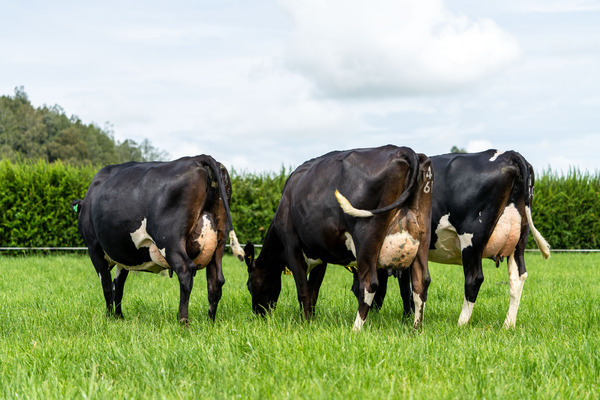“Getting cows in-calf quickly can significantly impact a farmer’s profitability while simplifying farm management,” says CRV National Sales Manager and veterinarian Julia Baynes.
“Cow fertility is the cornerstone of every dairy farm business, so it’s imperative dairy farmers have a comprehensive heat detection plan in place. Even if your mating is already underway, there are steps you can take now to ensure it continues to go smoothly.”
According to Julia, effectively identifying cows on heat is more than a casual observation; it requires a well-thought-out plan. This includes recording heats, assigning responsibilities, selecting detection aids, and establishing a schedule.
“Achieving earlier calving has its rewards,” she says. “It results in quicker recovery, cycling, and more opportunities for conception, ultimately leading to improved overall reproductive performance.
“Reproduction is a year-round focus, not just limited to the key 12-week mating period. A season presents only one opportunity to achieve desired results and missing a heat can cost as much as $264.60. Farmers could do without that extra cost right now.”
Julia says the timing of insemination is crucial. “To reach a 78 per cent 6-week in-calf rate, farmers should submit 90 per cent of cows by week 3 of mating, significantly higher than the national average of 80 percent. Missed heats are a leading cause of lower-than-target submission rates.”
Julia advises farmers to recognise the signs of active heat, which include standing to be mounted, cows riding other cows, riding marks or clear discharge, mud on flanks/saliva on the back, disrupted cow flow, activated heat detection aid, or tail paint rubbed, swollen red vulva, change of behaviour at milking, and sexually active groups (SAGs).
“Best practice is to use a combination of observation of signs and heat detection aids. It’s important they are placed correctly on the cow for optimal results.”
Julia stresses to farmers the need for comprehensive heat detection plan.
“One team member should be in charge of heat detection. Make sure calving dates are entered into a herd recording system, ear tags and collars are clean and functioning, drafting gates are operational, and heat detection aids are applied correctly and regularly.
Effective heat detection, is the key to achieving better submission and conception rates, ultimately leading to improved in-calf rates.

